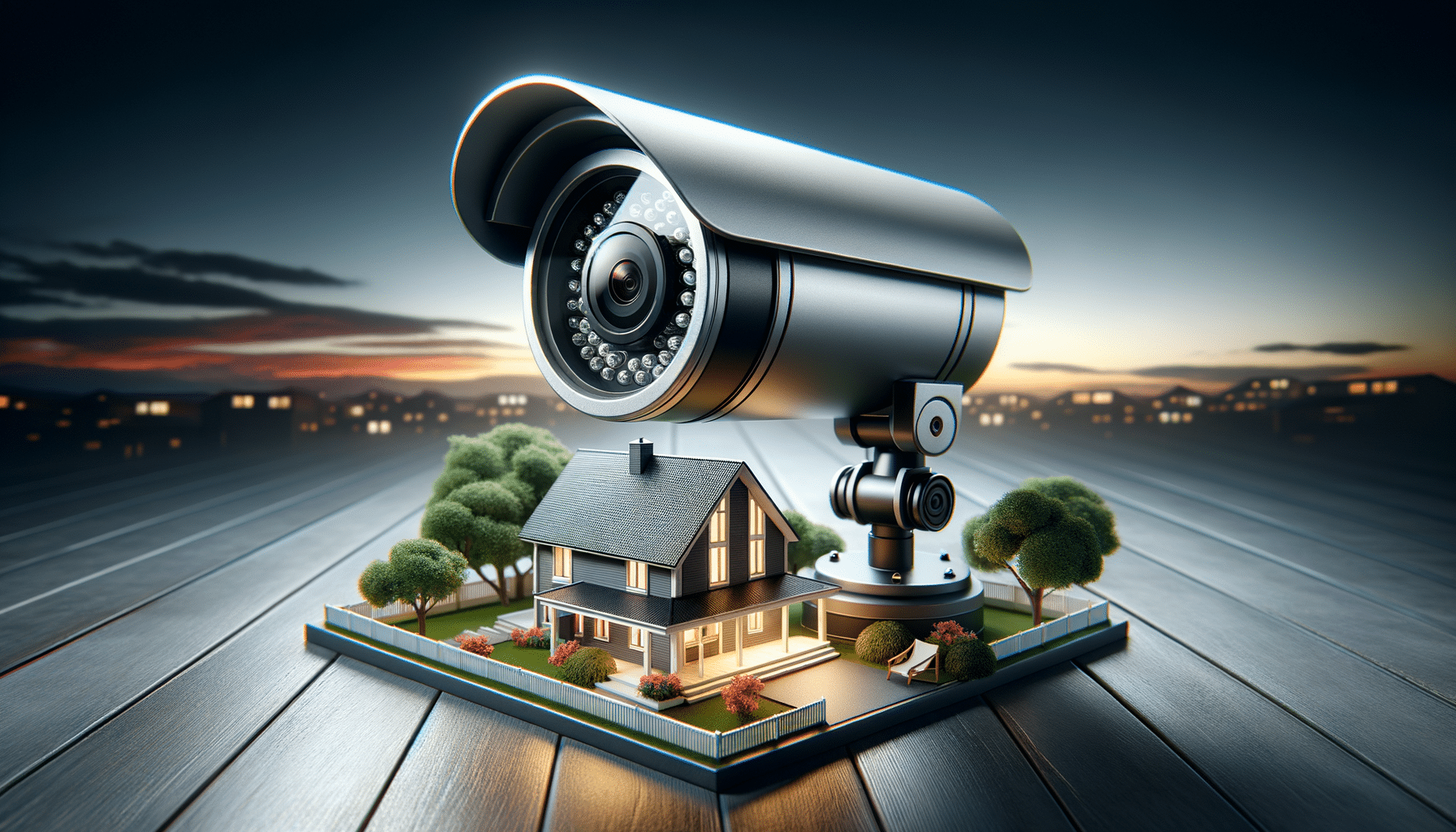
Enhance Your Home Security with State-of-the-Art Camera Technology
Introduction to Security & Surveillance Cameras
In today’s world, ensuring the safety and security of our homes and businesses has become increasingly important. With advancements in technology, security and surveillance cameras have become more accessible, offering a multitude of features that cater to different needs. These cameras not only deter potential intruders but also provide valuable evidence in the event of a security breach. This article delves into the various aspects of security cameras, helping you make informed decisions about enhancing your security setup.
Types of Security Cameras
Security cameras come in various forms, each designed to serve specific purposes. Understanding the different types can help you choose the right system for your needs:
- Bullet Cameras: Known for their long, cylindrical shape, bullet cameras are ideal for outdoor use. They are designed to capture images over long distances and are often weatherproof.
- Dome Cameras: These cameras are typically used indoors and are known for their dome-shaped housing. They offer a wide field of view and are less obtrusive than bullet cameras.
- PTZ Cameras: Pan-Tilt-Zoom cameras allow remote control of the camera’s position and zoom, making them suitable for monitoring large areas.
- Wireless Cameras: These cameras offer flexibility in installation, as they do not require extensive wiring. They connect to the internet via Wi-Fi, making them easy to set up and relocate.
- IP Cameras: Internet Protocol cameras transmit data over a network, allowing for high-quality image capture and remote viewing.
Each type of camera has its own advantages and is suited to different environments and security needs. Evaluating your specific requirements will guide you in selecting the appropriate camera type.
Features to Consider
When choosing a security camera system, several features should be taken into account to ensure that you get the most out of your investment:
- Resolution: Higher resolution cameras provide clearer images, which are crucial for identifying details such as faces and license plates.
- Night Vision: Cameras equipped with infrared technology can capture images in low-light conditions, making them effective for 24/7 surveillance.
- Motion Detection: This feature allows cameras to start recording only when motion is detected, saving storage space and making it easier to review footage.
- Two-Way Audio: Cameras with built-in microphones and speakers enable communication with individuals on the other side of the camera.
- Cloud Storage: Storing footage in the cloud ensures that it is safely backed up and accessible from anywhere.
These features enhance the functionality of security cameras, providing comprehensive coverage and peace of mind.
Installation and Maintenance
Proper installation and maintenance are crucial for the effectiveness of security cameras. Here are some key considerations:
- Placement: Position cameras at entry points and vulnerable areas to maximize coverage. Consider the camera’s field of view and potential obstructions.
- Cabling: For wired cameras, ensure that cables are securely connected and protected from weather and tampering.
- Connectivity: For wireless systems, ensure a strong and stable internet connection to prevent interruptions in video feed.
- Regular Checks: Periodically inspect cameras for damage or malfunction, and ensure that software and firmware are up to date.
By following these guidelines, you can maintain a reliable and efficient security camera system.
Legal and Privacy Considerations
When installing security cameras, it is important to consider legal and privacy implications:
- Compliance: Ensure that your camera setup complies with local laws and regulations regarding surveillance and privacy.
- Notification: Inform individuals that they are being recorded by placing visible signs indicating the presence of cameras.
- Privacy Zones: Use features that allow you to block out areas that should not be recorded, such as neighbors’ properties.
- Data Protection: Secure stored footage to prevent unauthorized access and ensure compliance with data protection laws.
Being mindful of these considerations will help you use security cameras responsibly and ethically.
Conclusion: Choosing the Right Security Camera System for Your Needs
Security cameras are a vital component of modern security systems, offering a range of features to suit different needs. By understanding the types of cameras available, the features they offer, and the legal considerations involved, you can make informed decisions about enhancing your security setup. Whether for home or business use, investing in a reliable and easy-to-use security camera system can provide peace of mind and protect what matters most.


